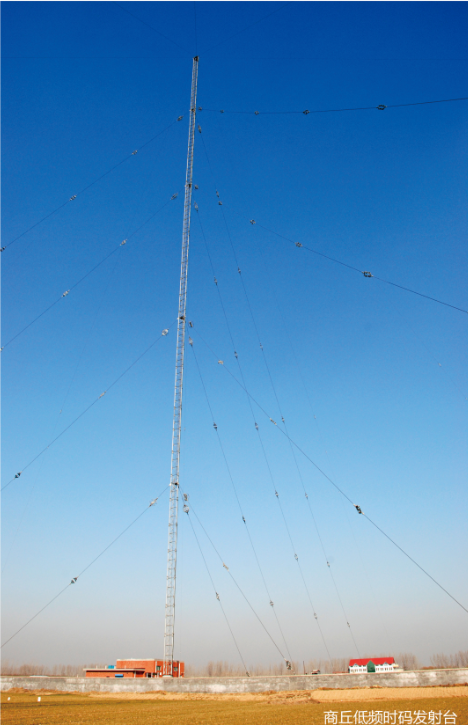The National Time Service Center (formerly Shaanxi Astronomy Observatory) began to study the low-frequency time code timing technology in 1993. In 1999, a practical test platform was built in Pucheng, Shaanxi Province. In 2007, a high-power low frequency time-code time service station was set up in Shangqiu, Henan Province, the call sign is BPC. The efficiency of its encoding and decoding was more than three times as much as the same kind of foreign signals. Meanwhile, the chip of Chinese radio wave clock was developed, which lays the foundation for the leap of Chinese clock industry. With radio clocks and watches entering ordinary homes, more Chinese people began to enjoy the intelligent life brought by precise time.
As the effective coverage radius of the station is about 1000 kilometers, Southwest, South and Southeast of China, as well as the South China Sea are not within the effective coverage. According to the construction plan of national time and frequency system, China is planning to set up a new station in Zhaoqing, Guangdong Province, during the 13th Five Year Plan period. Since 2018, site selection has been started by The National Time Service Center.
TIPS : Shangqiu Low Frequency Time-code Broadcasting Station
Broadcast frequency: 68.5 KHz;
Transmitting antenna: 250m Umbrella single tower;
Emission power: 100 kw;
Coverage radius: 3000 km of space-wave and 1000 km of ground-wave;
Modulation mode: Pulse-width and amplitude modulation
Broadcasting time: 24 hours per day;
Timing accuracy: ±0.1ms

Shangqiu Low Frequency Time-code Broadcasting Station (Image Credit: NTSC)
 Print
Print